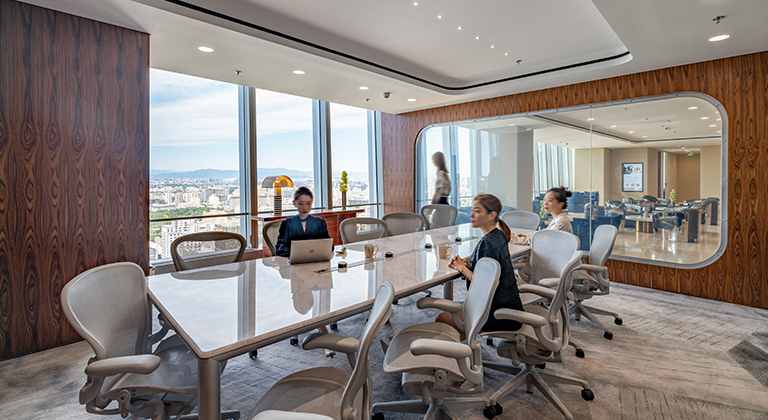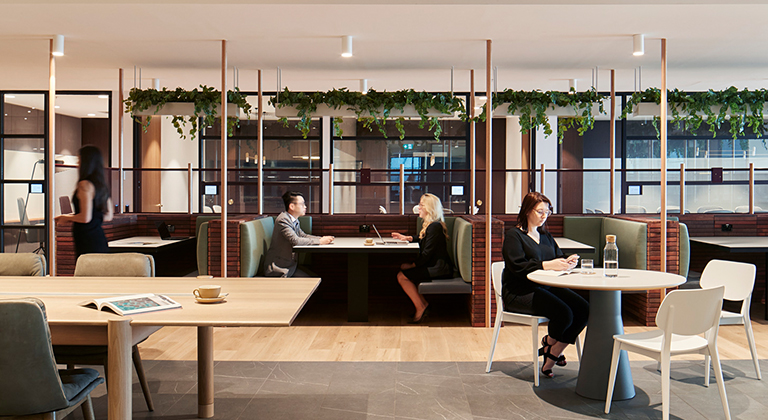Article
Beyond Work-Life Balance: Is Integration the Next Frontier?
For years, we’ve been told to chase work-life balance—as if our days could be neatly divided between work on one side and “life” on the other. But balance implies a zero-sum game: more time here means less time there. Real life is never that tidy. Meetings run late. Children get sick. Inspiration strikes at 10pm. The truth is, work and life don’t sit on opposite ends of a scale. They constantly overlap.
That overlap is no longer a problem to solve, but an opportunity to design. Work-life integration asks a better question: instead of dividing work and life, how can we combine them in ways that make both more sustainable, more productive, and more human?
What Work-Life Integration Really Means
Integration is not code for “always on.” Nor is it cramming your calendar with personal commitments at the expense of your work. It is the deliberate blending of professional and personal priorities so they complement rather than compete.
- Flexible scheduling: Work when you’re sharpest, not just when the clock says 9am. Match demanding tasks to your energy peaks, and leave lighter tasks for dips.
- Task blending: Short personal activities, like a mid-morning appointment or a brief walk, can be incorporated without disrupting productivity when planned around focused work blocks. In fact, intentional task switching can boost creativity by breaking cognitive fixation.
- Technology leverage: Use AI and workflow tools to offload routine tasks, freeing space for focus and creative thinking. In the UK, civil servants using AI tools saved roughly 26 minutes a day—almost two weeks a year—on administrative work.
- Intentional boundaries: Decide when to switch off. Protect time for rest and reflection to recharge effectively.
- Continuous adjustment: Reflect weekly on what’s working. Small tweaks compound into a sustainable rhythm.
Integration is a craft: deliberate, adaptable, and deeply personal. Done well, it transforms both your work and your life.

The Measurable Payoff
The case for integration isn’t philosophical. It’s practical, and it shows up in the numbers.
- Productivity: Employees with flexible arrangements are not only happier—they’re more effective. Studies show that workers with strong integration practices are 21% more productive and 23% more engaged.
- Well-being: In countries like New Zealand and Ireland, where flexible hours and generous leave are common, professionals rank among the highest globally for life–work satisfaction.
- Retention: 48% of employees say they would leave a job that prevents them from enjoying life. Companies that support integration enjoy higher loyalty and lower turnover.
Put simply, thoughtful integration doesn’t just reduce burnout; it creates conditions where people and organisations can flourish together.

Technology: The Quiet Enabler
Technology is often blamed for the erosion of boundaries, but the real issue isn’t the tool—it’s how we use it. In fact, tech is quietly making integration possible.
- AI and automation: McKinsey reports that 78% of organisations now use AI in daily operations, up from 55% the year before. Routine tasks are delegated, freeing humans for creative, strategic, and higher-value work.
- Collaboration platforms: Cloud-based tools dissolve geography, enabling teams to work together seamlessly across borders and time zones.
- Data-driven optimisation: Organisations are increasingly using analytics to design work arrangements that align not only with business goals but also with human energy patterns and preferences. By understanding when people are most productive, teams can plan work in a way that respects natural rhythms, making flexible, integrated workdays more achievable.
The Risks of Getting It Wrong
Not every version of integration is healthy. When mismanaged, it can tip into “always working” culture—the very opposite of its intent. The U.S. Chamber of Commerce warns that poorly executed integration risks burnout, disengagement, and collapsing productivity.
The answer isn’t rigid separation, but intentional design:
- Protect time for focus.
- Protect time for rest.
- Build environments that support both.

Where The Executive Centre Comes In
Professionals don’t just need a desk anymore. They need an environment designed for the realities of modern work—where priorities shift, energy fluctuates, and no two people structure their day the same way. This is where TEC sets itself apart.
- Flexible workspaces that adapt to energy and task, whether you need focus, collaboration, or a moment of pause.
- Cutting-edge infrastructure that supports hybrid work, powered by technology rather than burdened by it.
- A vibrant community that enriches professional growth and personal connection in equal measure.
At TEC, there’s no single formula for how work should look. Some people draw firm lines, others blur them, and most shift between the two. Whatever your approach—structured, fluid, collaborative, or independent—you’ll find a space designed to support it.
Because the future of work isn’t about one model—it’s about choice. And at TEC, the choice is yours.




